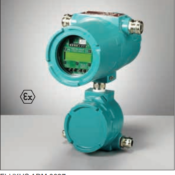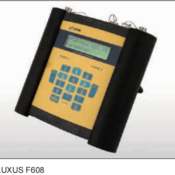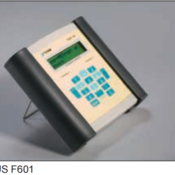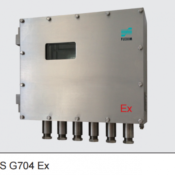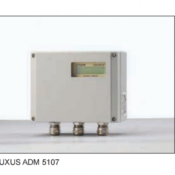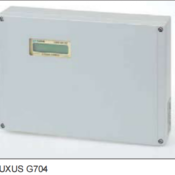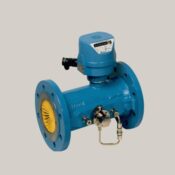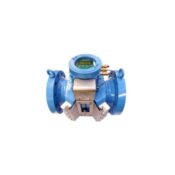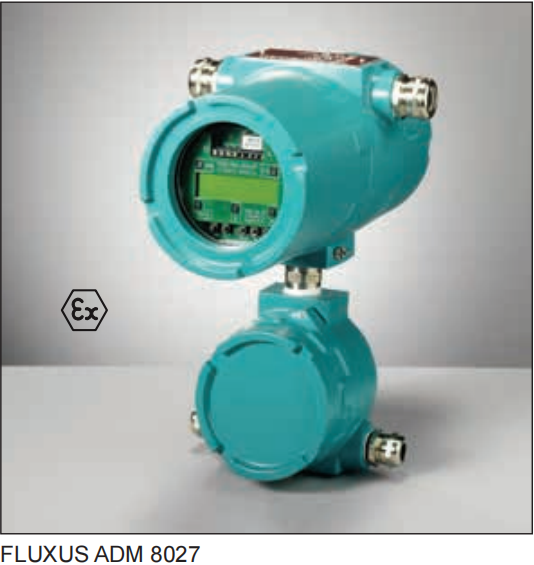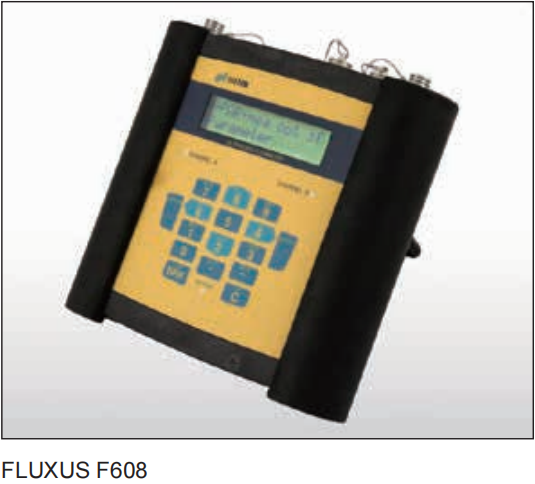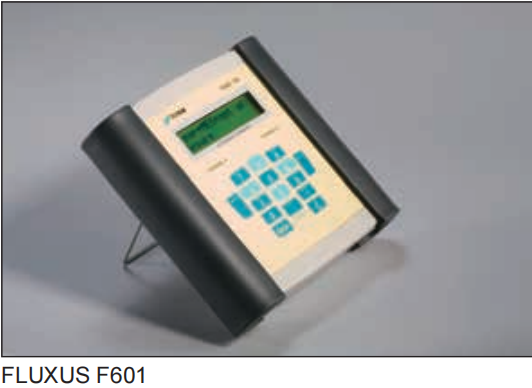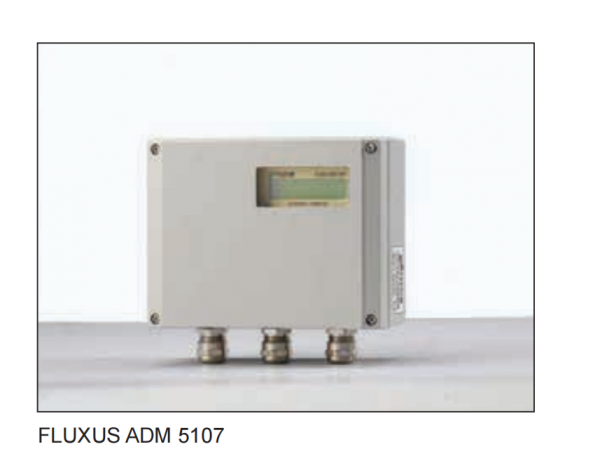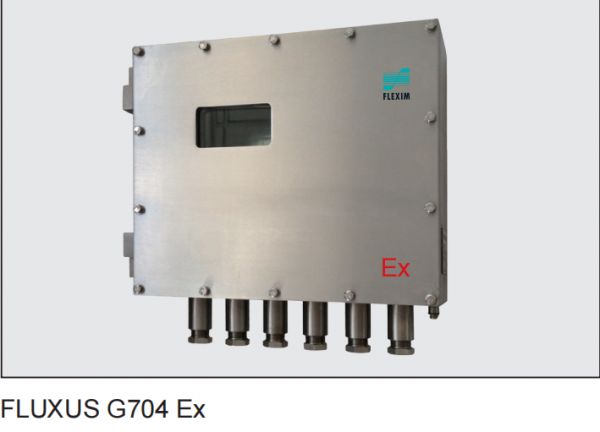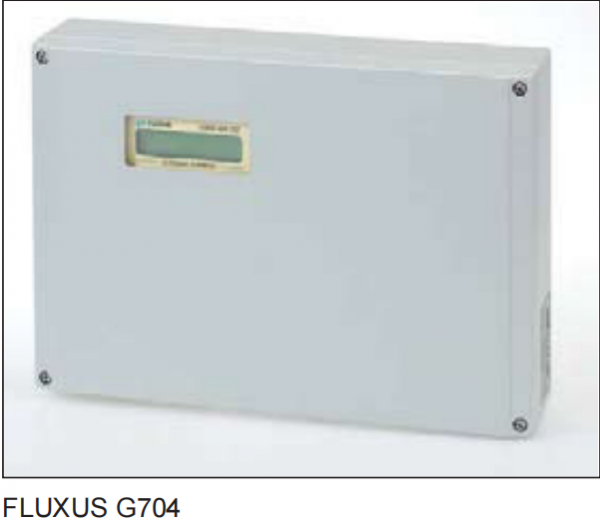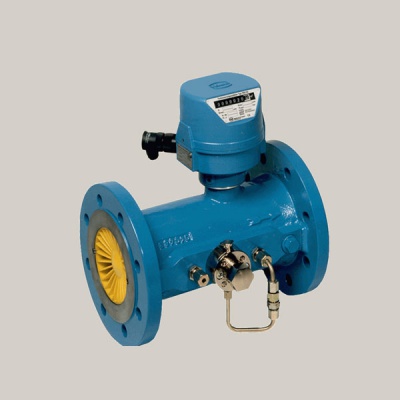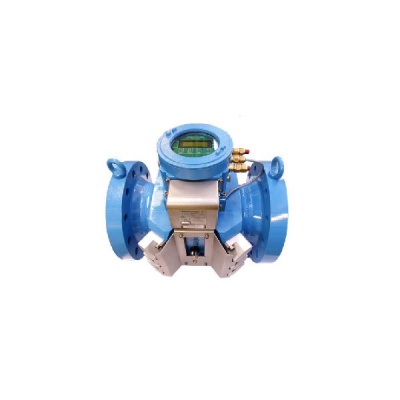FlowMeter
MON-SAT 8:00-9:00
+971 55 706 6098
Company profile
Company brochure
German FLUXUS® ADM 8×27 explosion-proof, fixed liquid ultrasonic flow meter
German FLUXUS® F608 explosion-proof handheld ultrasonic liquid flow meter
German FLUXUS® F601 handheld ultrasonic liquid flow meter
German FLUXUS® ADM 5X07 economical ultrasonic flow meter
German FLUXUS® G704 Ex fixed explosion-proof ultrasonic gas flow meter (wall-mounted, explosion-proof type)
German FLUXUS® G704 fixed ultrasonic gas flow meter
German RMG TRZ 03 turbine flow meter
German RMG USZ 08 ultrasonic flow meter
Flow Meter
A flowmeter is a device used to measure the rate of flow (volume, mass, or velocity) of a fluid, typically in a pipeline or a closed conduit. Here’s a detailed note on flowmeters:
Types of Flowmeters:
- Differential Pressure (DP) Flowmeters: Measure flow rate by creating a pressure drop across a constriction in the flow path, such as orifice plates, venturi tubes, and flow nozzles.
- Velocity Flowmeters: Measure flow rate based on the velocity of the fluid, including devices such as turbine flowmeters, electromagnetic flowmeters, and ultrasonic flowmeters.
- Positive Displacement (PD) Flowmeters: Measure flow rate by dividing the fluid into known volumes and counting the number of displacements, such as piston meters, oval gear meters, and nutating disc meters.
- Mass Flowmeters: Measure flow rate based on the mass of the fluid passing through the flowmeter, such as thermal mass flowmeters and Coriolis flowmeters.
- Open Channel Flowmeters: Measure flow rate in partially filled conduits, channels, or rivers, including devices such as weirs, flumes, and ultrasonic sensors.
- Variable Area (Rotameter) Flowmeters: Measure flow rate based on the height of a float or piston that changes with the flow rate, indicating flow rate on a calibrated scale.
Operating Principles:
- Flowmeters operate based on various principles, including pressure differentials, fluid velocity, displacement, mass flow, and buoyancy.
- Different types of flowmeters utilize different mechanisms to measure flow rate, such as measuring pressure differentials, detecting changes in velocity, or directly measuring mass flow.
Applications:
- Flowmeters find applications across a wide range of industries, including oil and gas, water and wastewater treatment, chemical processing, pharmaceuticals, food and beverage, HVAC, and aerospace.
- They are used for monitoring and controlling flow rates in pipelines, process lines, cooling systems, boilers, mixing tanks, and other fluid-handling systems.
- Flowmeters are crucial for process optimization, quality control, regulatory compliance, and inventory management in industrial processes.
Selection Considerations:
- Flow range and accuracy requirements
- Compatibility with the fluid being measured (e.g., corrosive, abrasive, viscous)
- Pressure and temperature ratings
- Installation and maintenance requirements
- Cost considerations, including initial purchase price and lifecycle costs
- Environmental and safety factors
Advantages:
- Provides real-time flow rate measurements
- Facilitates process optimization and control
- Enables efficient resource allocation and energy management
- Supports predictive maintenance and troubleshooting
- Contributes to regulatory compliance and quality assurance efforts
Challenges:
- Accuracy and reliability can be affected by factors such as fluid properties, flow profile, and installation conditions.
- Calibration and maintenance requirements to ensure accuracy and longevity.
- Compatibility with different fluids and operating conditions.
- Potential for signal interference or drift in electronic flowmeters.
- Cost considerations, particularly for high-precision or specialized applications.
In summary, flowmeters play a crucial role in various industries by providing accurate and reliable measurements of fluid flow rates, contributing to process efficiency, quality control, and regulatory compliance. Selecting the appropriate flowmeter requires consideration of factors such as flow range, accuracy requirements, fluid properties, and installation conditions.
Do you want to get estimation?
Get A Quote

Have any question
+971 55 706 6098

